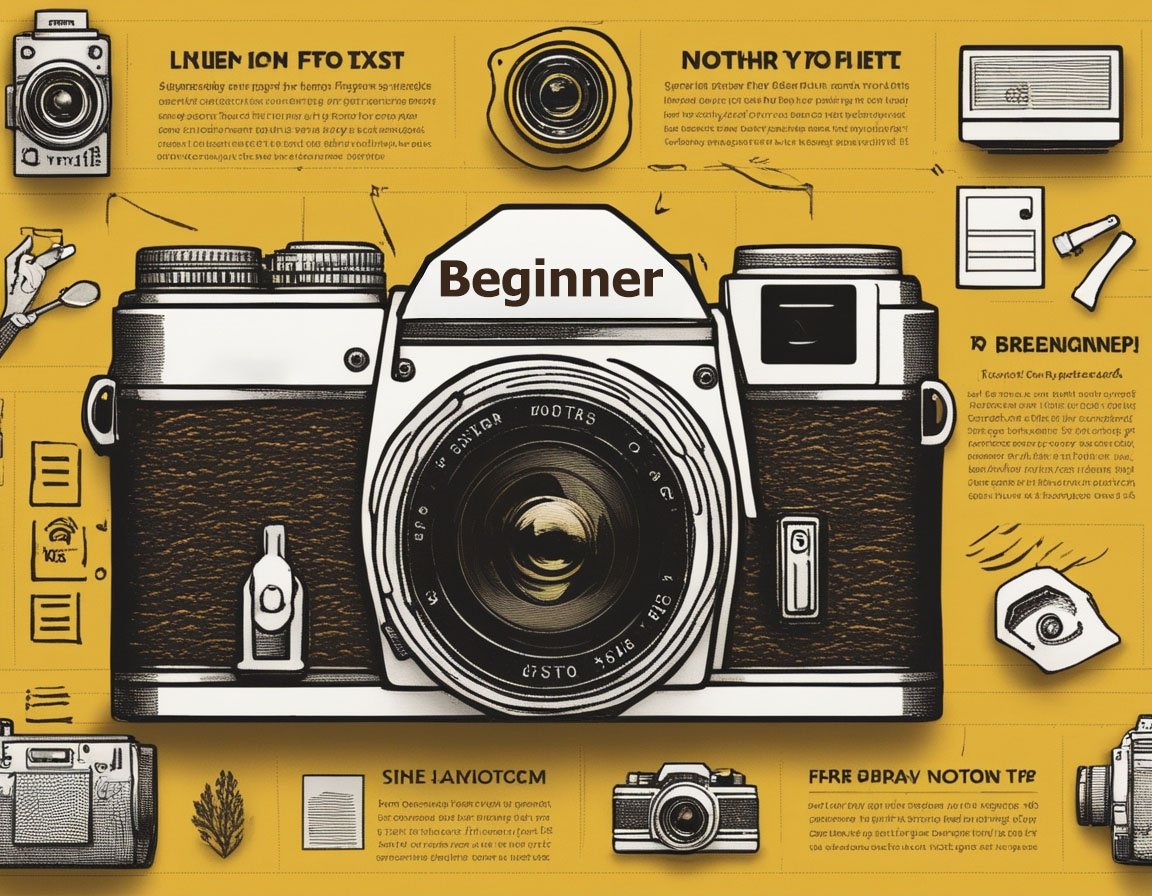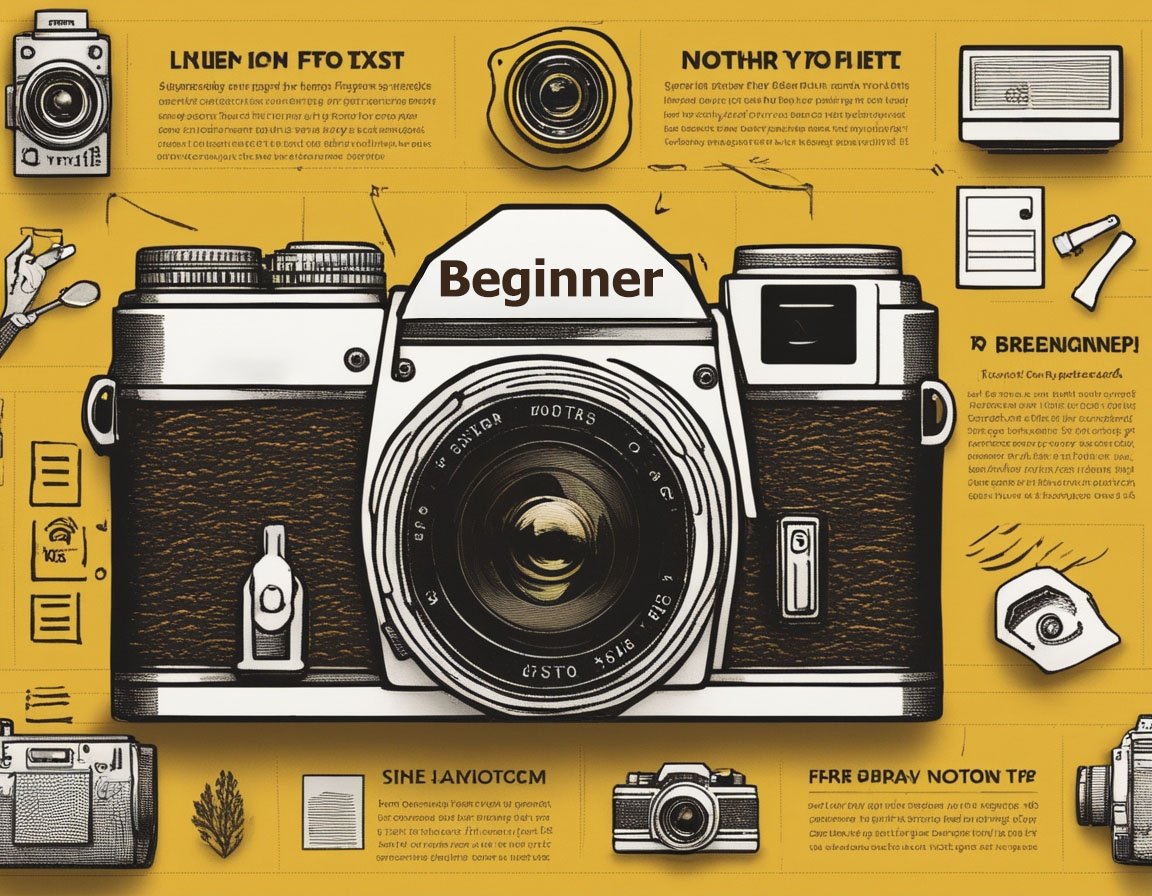Understanding the Basics of Macro Photography
Macro photography, the art of capturing small subjects in extreme detail, offers an exciting journey into a world often overlooked by the naked eye. At entry level, this type of photography may seem daunting, but with the right guidance, it provides endless opportunities for creativity and exploration.
What Is Macro Photography?
In essence, macro photography involves photographing subjects at a close range to capture intricate details that are not visible to the naked eye. The most defining aspect of macro photography is achieving a life-size or greater magnification ratio, typically 1:1 or larger. This means that the image projected onto the camera’s sensor is as large as the subject itself in real life or even larger.
Macro vs. Close-Up Photography
It is important to distinguish between macro and close-up photography. While both involve photographing objects at close distances, macro photography specifically refers to images with high magnification ratios. Close-up photography is broader and may not achieve the same level of detail or magnification.
Essential Equipment for Entry-Level Macro Photography
Before diving into macro photography, it’s helpful to understand the basic equipment needed. Although professional macro setups can be expensive, starting on a budget is entirely feasible.
Choosing the Right Camera
While any camera can potentially be used for macro photography, DSLRs and mirrorless cameras offer more control over settings such as aperture, shutter speed, and ISO, which are crucial for this genre. However, for beginners, many compact cameras now come with impressive macro modes that provide a good starting point.
Macro Lenses
A dedicated macro lens is invaluable for capturing true macro images. These lenses are designed to achieve high magnification and often come with focal lengths ranging from 50mm to 200mm. For those starting, a 100mm macro lens offers a good balance of working distance and control.
Alternative Equipment
If investing in a macro lens is not feasible, there are alternative tools:
– **Extension tubes:** These mount between the camera body and lens to extend the distance, allowing closer focus and higher magnification.
– **Close-up filters:** Essentially magnifying glasses for your lens, offering a cheaper alternative but with reduced image quality.
– **Reverse lens technique:** This involves mounting a lens backward onto the camera body for increased magnification, although it can be tricky to master.
Mastering the Techniques
With your equipment ready, understanding core techniques is crucial for capturing stunning macro images.
Lighting and Exposure
Lighting is critical in macro photography because you are often shooting at smaller apertures to achieve greater depth of field, which can reduce light intake.
Natural Light
Natural light is often ideal for macro photography, especially during the golden hour. To make the most of natural lighting, position your subject to make the best use of available light and shadows.
Artificial Lighting
For more control, consider using external flashes or ring lights. A ring flash mounted to the lens provides even lighting and reduces harsh shadows.
Reflectors and Diffusers
Reflectors can be used to bounce light onto your subject, while diffusers help soften intense light, both of which can aid in producing well-exposed images.
Depth of Field and Focus
Due to the magnification involved in macro photography, depth of field becomes extremely shallow. You will need to carefully select your aperture and consider focus techniques.
Aperture Selection
Aperture plays a critical role in controlling depth of field. Smaller apertures (higher f-numbers) increase the depth of field, allowing more of your subject to be in focus but require more light.
Manual Focus
For greater control, switch your lens to manual focus. This is helpful when using techniques like focus stacking, which involves taking multiple images at different focal points and merging them in post-processing for extended depth of field.
Finding and Choosing Subjects
While macro photography can bring out the beauty in everyday items, some subjects are particularly rewarding to capture.
Natural World
The great outdoors serves as a wonderful macro playground. Insects, flowers, and water droplets are classic subjects that reveal incredible detail when viewed up close.
Indoor Opportunities
Don’t overlook subject matter around your home. Household items, food, or textiles can produce surprisingly captivating images. Experiment with different materials and textures.
Composition and Creativity
Macro photography is as much about artistry as it is about technical skill. Here are some tips for enhancing your compositions:
– **Rule of Thirds:** Divide your frame into thirds, both horizontally and vertically, and place your subject at the intersections to create a more balanced and engaging image.
– **Backgrounds:** Choose or create backgrounds that complement your subject without distracting from it. Neutral colors and simple textures work well.
– **Perspective and Angles:** Try photographing your subject from various angles to discover the most compelling perspective.
Building on Your Skills
The journey in macro photography is one of continuous learning and practice. Here are some ideas to expand your skills and creativity.
Experiment with Post-Processing
Post-processing is a valuable skill that can enhance macro photography. Programs like Adobe Lightroom and Photoshop allow adjustments to exposure, contrast, and color balance. Consider trying focus stacking to combine multiple images and increase depth of field.
Join Communities
Online communities and photography clubs offer a wealth of knowledge and feedback. Engaging with fellow macro photographers can inspire new ideas and techniques, as well as provide constructive criticism.
Challenge Yourself
Set up projects or participate in challenges to keep your skills sharp. Aim to capture themed series or use constraints, such as only using natural light or a single lens, to push the boundaries of your creativity.
Embarking on the macro photography journey at an entry level is a rewarding experience filled with discovery. Through understanding the right equipment, mastering essential techniques, and continuously building skills, you’ll find endless opportunities to create breathtaking images of the tiny wonders in your world.



